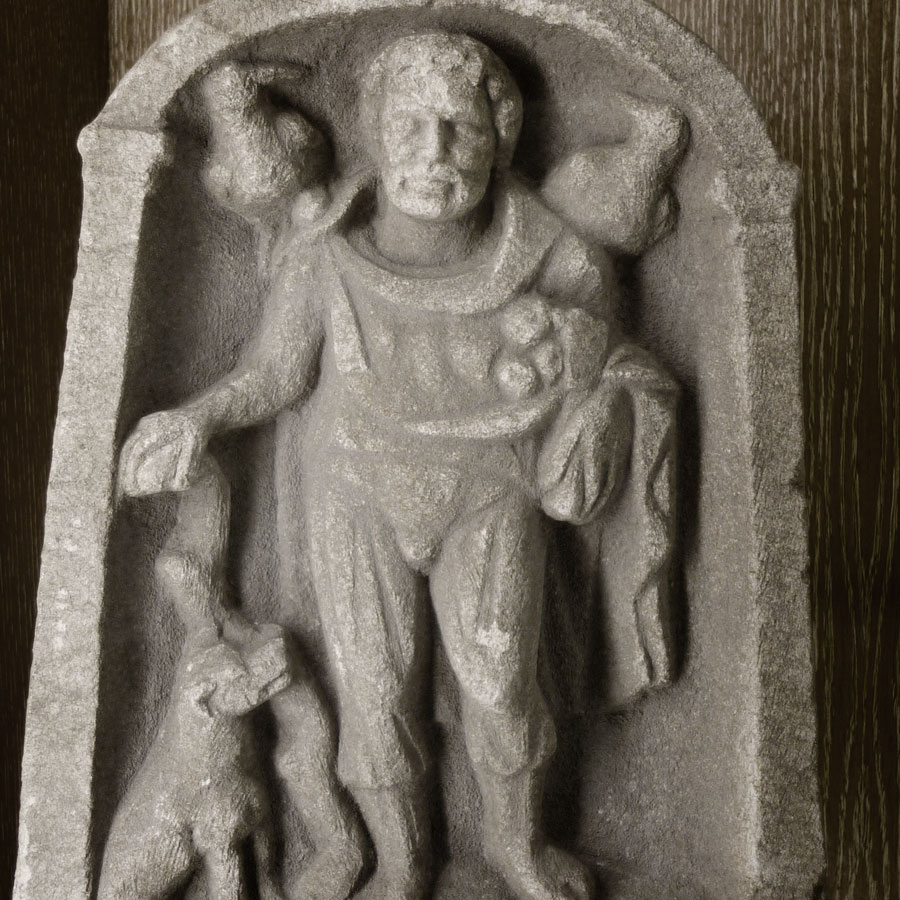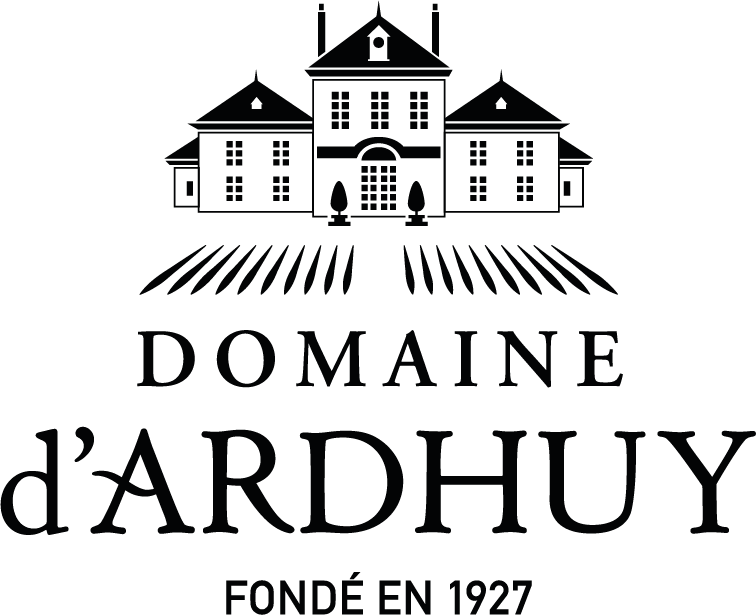
2,000 years ago
CORGOLOIN AT THE HEART OF THE ROMAN PAGUS AREBRIGNUS
The strong links between Domaine d'Ardhuy and Burgundy’s Roman history lie first and foremost in our village of Corgoloin, which was an important commercial crossroads 2,000 years ago. Symbolically, there are superb bas-reliefs sculptures depicting scenes of Roman life, created in 1936 at the Domaine d'Ardhuy in the Clos des Langres plot. There is also a two-handled amphora on the main façade of the Manor House.
Following the age-old art of winemaking, Domaine d'Ardhuy has for several years been vinifying some of its wines in Dolia, large traditional terracotta amphorae for pure wines without artifice and with an emphasis on fruit.
A brief history
The Roman conquest of Gaul 2,000 years ago marked the introduction of vine cultivation and trade between Rome and the Pagus Arebrignus, which corresponds today to the area between Beaune and Nuits-Saint-Georges. Located in the middle of this territory and fiefdom of the Domaine d'Ardhuy, the present-day village of Corgoloin being crossed by a Roman road became an important trading centre between the Romans and the Celtic Aedui people. Local Celtic traditions (oak barrels) and Roman traditions (amphorae) were combined. Then as now, wine is a collaborative art involving co-operation between peoples.
Burgundy vineyards are mentioned as early as 312 as exceptional lands. The cult of Bacchus developed, symbolizing this golden age. This ended with the Barbarian invasion of the 5th century. Ten centuries later in 1959 a superb Gallo-Roman bust called God and the Birds was found in Corgoloin.
